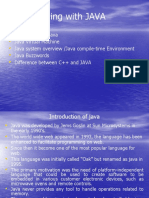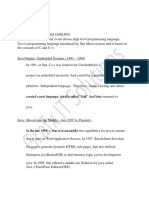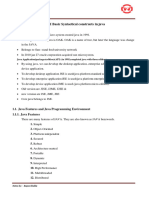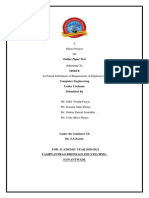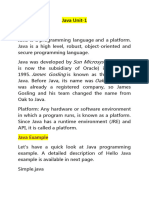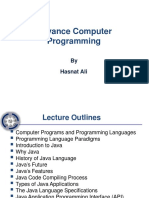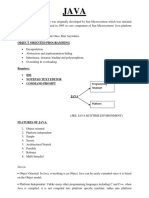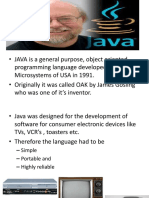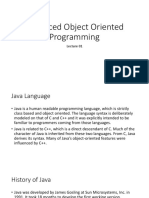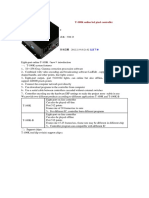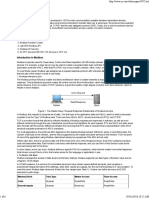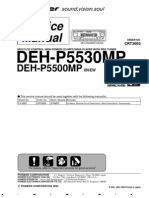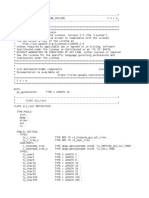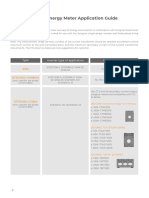0% found this document useful (0 votes)
18 views2 pagesFinal JAVA Notes
Java is a simple, platform-independent, and object-oriented programming language that emphasizes security and multithreading. It compiles programs into bytecode, which can run on any operating system without modification. The execution process involves compiling the code, verifying it, and then executing it through the Java Virtual Machine (JVM) using an interpreter and Just-In-Time (JIT) compiler.
Uploaded by
majnubhai730Copyright
© © All Rights Reserved
We take content rights seriously. If you suspect this is your content, claim it here.
Available Formats
Download as DOCX, PDF, TXT or read online on Scribd
0% found this document useful (0 votes)
18 views2 pagesFinal JAVA Notes
Java is a simple, platform-independent, and object-oriented programming language that emphasizes security and multithreading. It compiles programs into bytecode, which can run on any operating system without modification. The execution process involves compiling the code, verifying it, and then executing it through the Java Virtual Machine (JVM) using an interpreter and Just-In-Time (JIT) compiler.
Uploaded by
majnubhai730Copyright
© © All Rights Reserved
We take content rights seriously. If you suspect this is your content, claim it here.
Available Formats
Download as DOCX, PDF, TXT or read online on Scribd
/ 2


